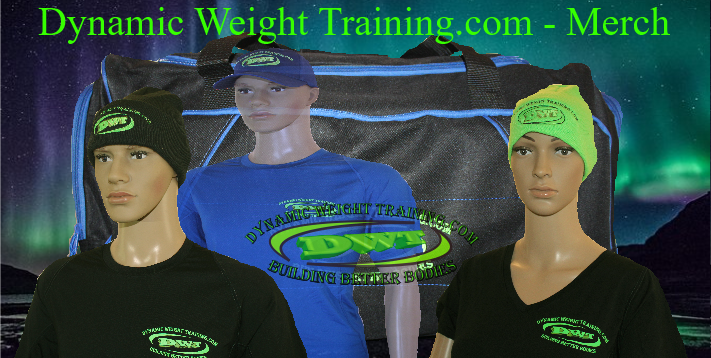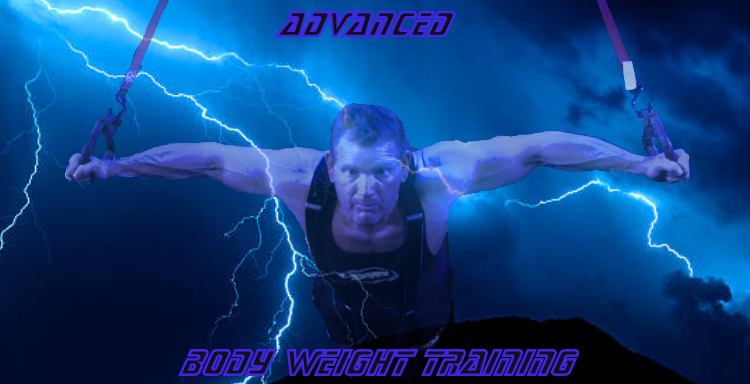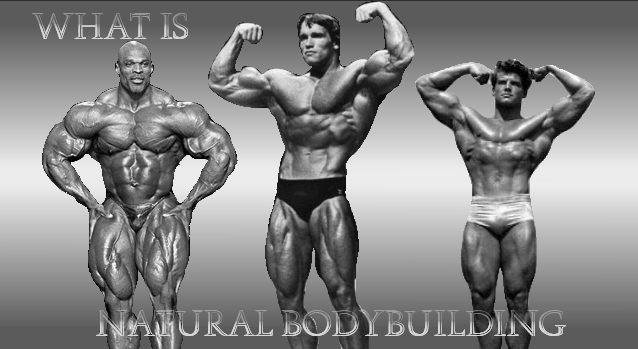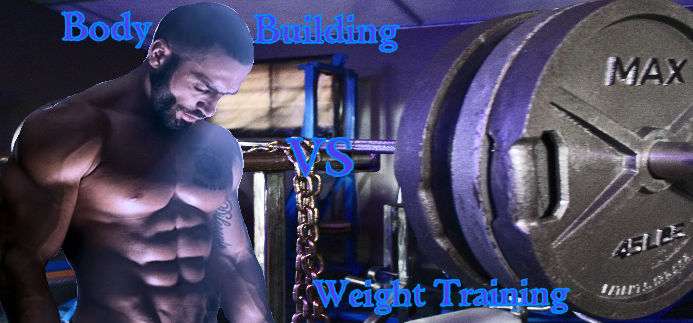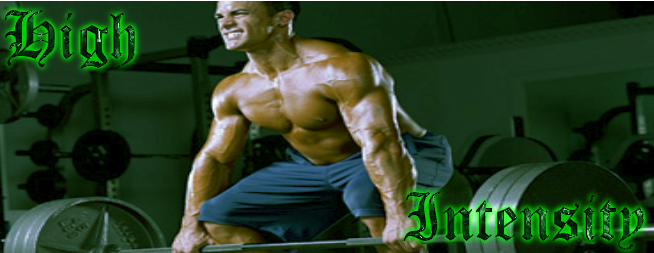Basic Weight Training Exercises
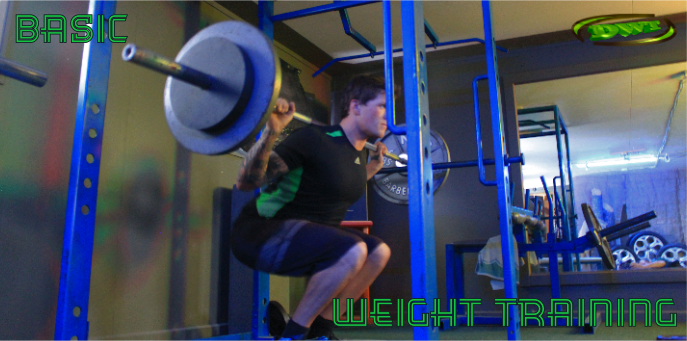
Welcome to basic weight training exercises. Often a popular asked question by folks starting out, or sometimes by others that are a little more seasoned but might be somewhat unsure of some good training direction that offers some solid weight training results is sometimes needed.
Using and implementing the basic exercises in a structured routine should relate to what you want to see as a result from training efforts. Typically reducing resistance while increasing repetition and set range e.g. (12 reps and beyond), should increase endurance levels and muscle tone.
Increasing resistance and lowering the total reps and their speed while reducing the total number of sets in your workout, typically increases muscle and tendon strength, heightening a strong sense of euphoria during and after the training session from training stimulation.
The 5 Basic Exercise Components
To help bring some order to your training efforts think of the body in terms of upper and lower - dividing training exercises into two groups, for both upper and lower and separating the exercises to different days is a positive and simple way to help organize them in the beginning.
A complete training routine that encompasses the entire body in a single day simply becomes to exhausting to fulfill in a single workout.
Generally, basic weight training exercises are usually arranged in a pattern to…
First - increase strength:
Increasing a uniformed strength base by using the harder exercises at the beginning of the workout, while choosing less-demanding ones as the workout progresses is great way to structure your routine to produce positive results.
Second - endurance:
Basic exercises will also increase muscular endurance, this extra increase in muscle and pulmonary stamina allows you to raise, lower, push, or pull heavier resistance over longer periods – than the average person.
Third - effort and Intensity:
To See successful results, the intensity or effort you put into each exercise movement often reflects the rewards you get from it, i.e. (intense effort) = increased strength and muscle shape.
Fourth - the mental component:
Although listed close to last - the fourth one should be at the top, because this one often gets missed? In the beginning results often show quickly as strength and confidence grows.
Whether your using basic weight training exercises or advanced, to see continued success and results: keep a direction in mind, learn early on to set a goal and strive to achieve it, a solid goal builds self-discipline giving the mind the direction needed to complete and achieve the goal.
Fifth - stay consistent:
Staying consistent will ultimately help build the foundation that supports self-discipline, (consistency is the result of keeping yourself active). Having and achieving a goal builds accountability. Consistent effort is what keeps you on the path to achieving it.
Basic Weight Training Exercises Upper Body
As mentioned let’s break the basic weight training exercises down into upper and lower body. Starting with upper body first.
The exercises will not necessarily be broke-down into a routine, but will instead be listed in order of importance - (more demanding), including muscles involved.
Basic weight training exercises are often categorized as compound exercises, whether your training upper or lower body-usually the use of dumbbells, barbells, bodyweight or other equipment is where the basic's are usually found.
So lets start with day 1 - Upper Body
Barbell Dead lift:

Is arguably the best basic exercise for upper body. This exercise builds strength and shape in the upper and lower back, arms, shoulders even legs play a major supporting roll in this exercise.
Barbell Bent Over Row:

Is an exercise that is demanding for upper body, by bringing multiple muscle groups into play including the biceps, forearms, upper back and shoulders.
Flat and Incline Barbell Bench Press:
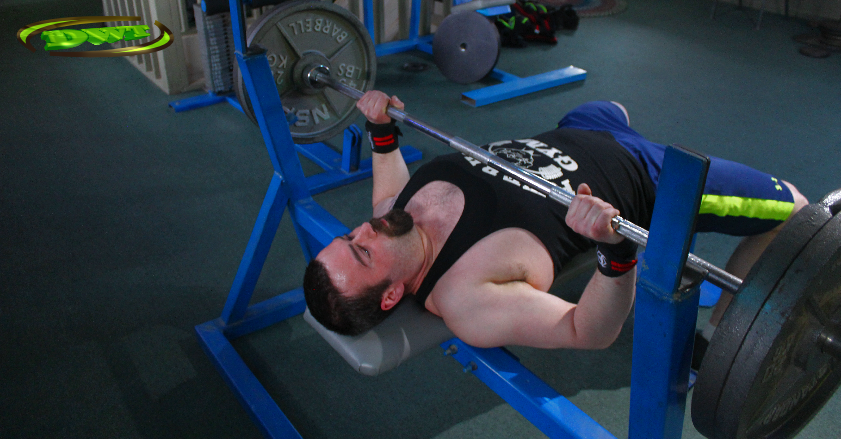
Barbell chest presses build almost super human strength and muscular shape in the chest, front shoulders and triceps-it’s a real strength and chest cavity builder.
Clean And Press:
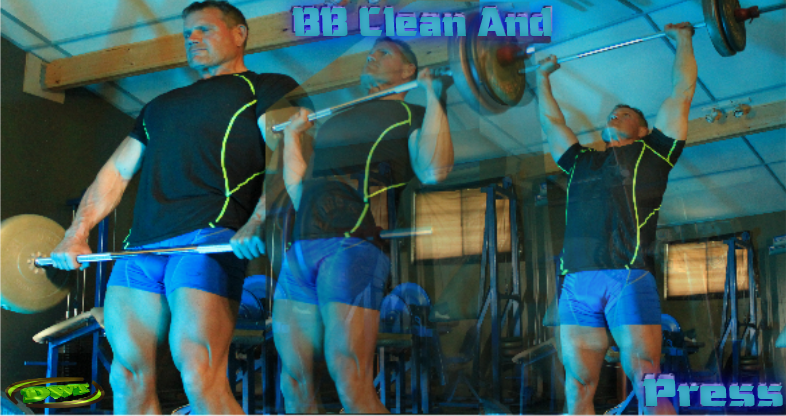
Waist to shoulder presses are a granddaddy of most upper body exercises, not only does this exercise build power and strength in the shoulders back and legs, but also builds cardio vascular endurance and strongly effects other upper body lifts.
Wide grip Barbel Curls:
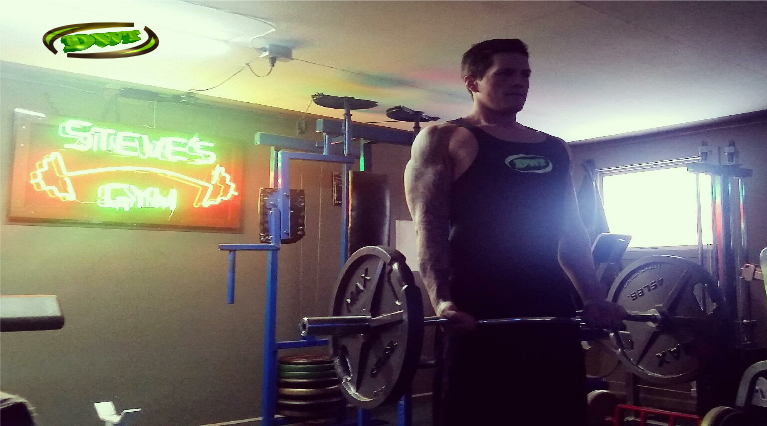
Barbell curls add a new dynamic to basic weight training exercises - strengthening both the upper and lower arms including the shoulders, even the lower back and abdominals' come into play to stabilize the trunk as you lift.
Triceps Extensions or Skull Crushers:

Extensions are a simple exercise that ultimately develops strength and muscle shape in the entire triceps area.
Chinning:

Is a body weight exercise, so
resistance isn’t needed as bodyweight is usually enough. This exercise builds
and strengthens the upper back muscles, shoulders, biceps even the abdominals' support as you raise and lower.
Push-ups:

Another body weight exercise; push-ups if done correctly - are a great upper body exercise, giving benefits to the chest, front and rear shoulders, triceps even the abdominals' stabilize the bodies posture throughout exercise duration.
Basic Weight Training Exercises For The Legs
Often leg training is in a league of its own, people may not always understand that the legs on their own are pretty strong; so this means: that in order for you to get any rewards out of the basic weight training exercises where leg training is concerned, extra effort often has to be applied.
The reason for this is, simply because the leg muscles are used everyday and used to being stood on-which in turn makes much them stronger than other upper body parts.
So, with this in mind; lets see which of the basic exercises work best using a top down approach.
Lets move into Day - 2
Rear Barbell squat:
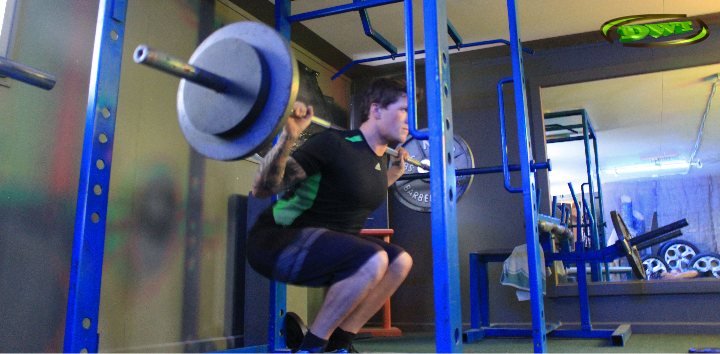
The rear barbell squat is to leg exercise - what the bench press is to upper body training. This exercise arguably stands out as the King. Barbell squats strengthen, the quadriceps, glutes, upper and lower back including the abdominals'.
Barbell Lunges:
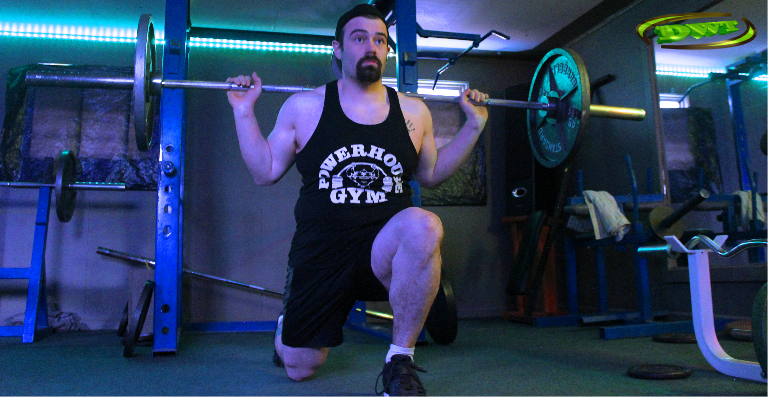
The barbell lunge is sometimes overlooked as another great basic weight training exercise for the lower body, this is not only a great shaping exercise, but also strengthens and stretches both the quads, rear leg biceps and the glutes.
Leg Sled leg Press:
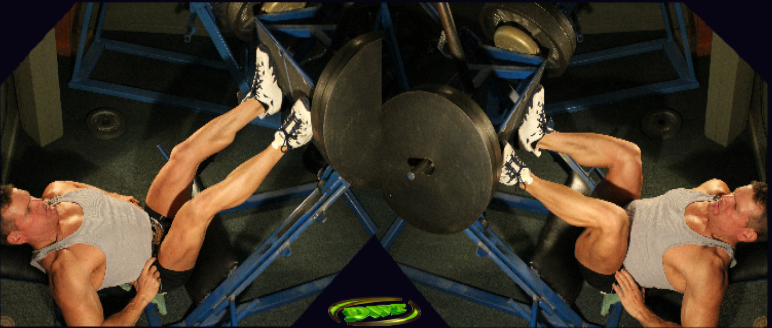
An alternative exercise to the barbell squat, the leg sled is a great upper leg exercise, not only is it a solid strengthening exercise for the upper legs, it’s also is another legendary leg shaper.
Stiff Legged Dumbbell Dead lifts:
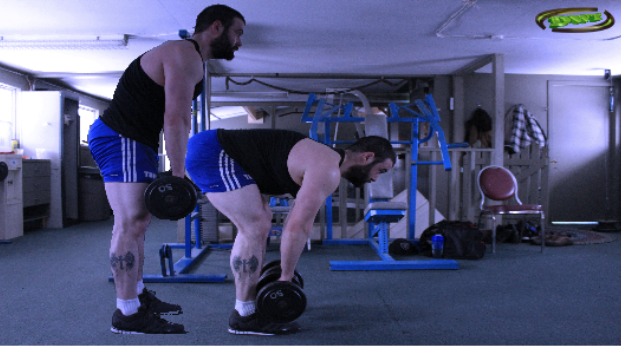
Although simple to preform; this exercise often gets preformed wrong. Using enough resistance, and keeping the legs straight as the exercise suggests – lowering into a deep stretch produces the best results, for rear glute and leg biceps strength and development.
Standing calf Raises:
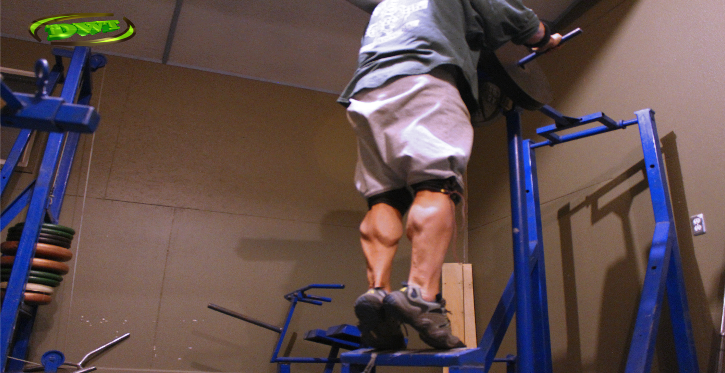
This is a simple basic weight training exercise in that the exercise motion is not complicated, By driving off the toes to contract the calves at the top of the exercise, ultimately builds a dynamic range of both strength and shape in the calf muscles.
Try not to underestimate the rewards of training the legs, leg training builds incredible lower body strength, faster reflexes, increases neural activity (faster response time in other sports and activities) as well as pulmonary and muscular endurance.
Increased overall tendon strength will also be a major contributor to overall body strength and efficiency.
Concluding:
The basic weight training exercises listed here are centered around compound movements, (e.g. where two or more muscles groups are involved or assist in the lift). Just about all other exercises are simply off-shoots of these basics.
If you preform them properly with an 8 – 10 rep range on most sets you will see satisfying results in strength and muscle shape.
Always try to be aware of the importance of thoroughly warming up the body before attempting any strenuous activity. I hope the basic weight training exercises article has given you some direction, and good luck with the goals you set, and all your training endeavors.
DWT

